
With so many different apocalyptic interpretations floating around Hollywood these days, it’s always interesting to realize that the most underutilized Earth-destroying plot line remains one of the most realistic – nuclear fallout. Zombies hordes strike fear, Kaiju’s threaten massive devastation, aliens fight to control our brains, but a massive-scale nuclear war would leave entire cities vaporized, cause uncountable casualties, and create unlivable conditions for those “lucky” enough to survive. Even scarier is that although Aftermath is just a movie depicting what could happen if a governmental paranoia caused all-out nuclear war, these same fears have been around since Cold War era Russia – and with threatening terrorists, we haven’t escaped fears of life imitating art.
Radiation burns, illness, suffering – sometimes directors don’t need monsters and murderers as far as global horror is concerned.
The beginnings of this apocalyptic wasteland are a bit muddled, but after hearing frantic radio reports coming out of the Middle East, we meet Hunter (C.J. Thomason), a doctor who plans on surviving whatever atrocities ominously loom. After meeting a sister and brother driving down the same road he’s wandering, a series of atomic blasts show themselves as mushroom clouds painted against the desolate Texas landscape – and Hunter starts a countdown before the radiation falls on their location. Collecting supplies and gaining more party members, he eventually finds himself holed up in a basement with 8 strangers (including Monica Keena and Edward Furlong), acting on their only chance for survival. Well, that’s until outside threats present themselves apart from poison air and radioactive soil.
Based on initial impressions, Aftermath starts off on shaky ground. Hunter’s isolation is captured without much grace or beauty on the part of director Peter Engert, and the struggles only continue when lackluster explosions crackle in the distance. Budgetary restrictions obviously prevent Engert from creating epic nuclear explosions levelling towns like Dallas and Austin, which is easy to understand, but Engert unfortunately finds himself digging out of a hole after the first fifteen minutes or so. From Monica Keen’s arms wildly moving about while driving to generically unenthusiastic characters searching for salvation, Aftermath strings viewers along until finally reaching a rural country safe house.
It’s here, amongst strangers, buried under radioactive waves, where writer Christian McDonald explores the dirtiest realities of nuclear survival, creating an atmosphere of constant despair. Even with a Geiger counter available, creeping radiation remains invisible from sight, and characters have no idea whether or not disease sets in until bruises and boils indicate an already-too-late warning. Neither McDonald nor Engert shy away from war-torn bleakness, atmospherically torturing a band of survivalists doing everything right, as we watch a sleek bit of body horror meet messier, gorier zombie attacks. Well, hybrid-zombie attacks. OK, maybe not zombies at all? Right – let’s address those angry rednecks.
As mentioned before, deadly radiation slowly threatens above Hunter’s basement gang, but not everyone was lucky enough to locate shelter. Those doomed townsfolk soaking up gamma rays eventually transform into frenzied, fast-moving freaks reminiscent of Danny Boyle’s 28 Weeks Later creations, except infection isn’t passed through biting – so that eliminates any possibility of zombies. Aftermath isn’t happy only killing through biological terms, and McDonald sends a sieging group of invaders to ruin Hunter’s low-key plan – a confusing, almost destructive plot point added for heightened levels of action. It’s almost as if McDonald becomes bored by his own slow-burning fuse, so he draws up a hulking farmer in a cowboy hat and sets the bruiser on a warpath.
Then again, the action does provide a welcomed jolt of energy. After watching a cast of characters battle a silent killer, hand to hand combat and shotgun blasts liven up the downtrodden mood. Playing out like a Western last stand, Hunter becomes invigorated by the challenge of opposing forces, and his fellow remaining cohorts follow suit. The battle is swift and its outcome predictable, but Engert gives himself a chance to exploit human violence in a time when such actions seem petty and futile. So sad is mankind that even during the darkest of days, with our internal clocks rapidly approaching zero, our attention still turns to nonsensical bloodshed, playing out our last moments as utter barbarians. Try as we might, the follies of man will always reign supreme.
Aftermath steadies itself by bringing together genre names like Monica Keena (Freddy Vs. Jason), Edward Furlong (Night Of The Demons), and Andre Royo (The Collection), but this is Thomason’s show to run, and he does so on a hit and miss basis. As hinted at before, when forced to establish Texas’ ravaged status by himself, there’s not much intrigue worth grasping onto. Once Thomason can interact with patients and show a steadily declining mental state while being forced to watch his patients die off naturally, more respect is garnered, and his presence can be felt in our hearts. Furlong is stuck playing an obnoxious degenerate who’d rather cause problems, Keena fights the good fight as long as she can, and Royo becomes nothing but a passerby, really leaving Thomason to do all the heavy lifting – but he could have used a spotter a few times for support.
Killer dolls, nightmare haunters, and sleepaway camp slashers are all well and spooky, but it’s about time audiences be afraid of something real, something genuinely palpable. I’m not saying we’re days away from a nuclear catastrophe, but what I am saying is pretty paralyzing – what if? What if our only option became burying ourselves in a basement with complete strangers, hoping to wait out radiation poisoning? Aftermath is the sum of all fears, and while it’s tonally uneven and foolishly constructed at points, horror is achieved without jumping too far off the reservation – even with murderous Texans roaming free. Just like R.E.M predicted, it’s the end of the world as we know it, but contrary to the popular lyrics, nobody feels fine – as dying in pain remains the only option.
Don’t fear the bombs – fear the Aftermath.


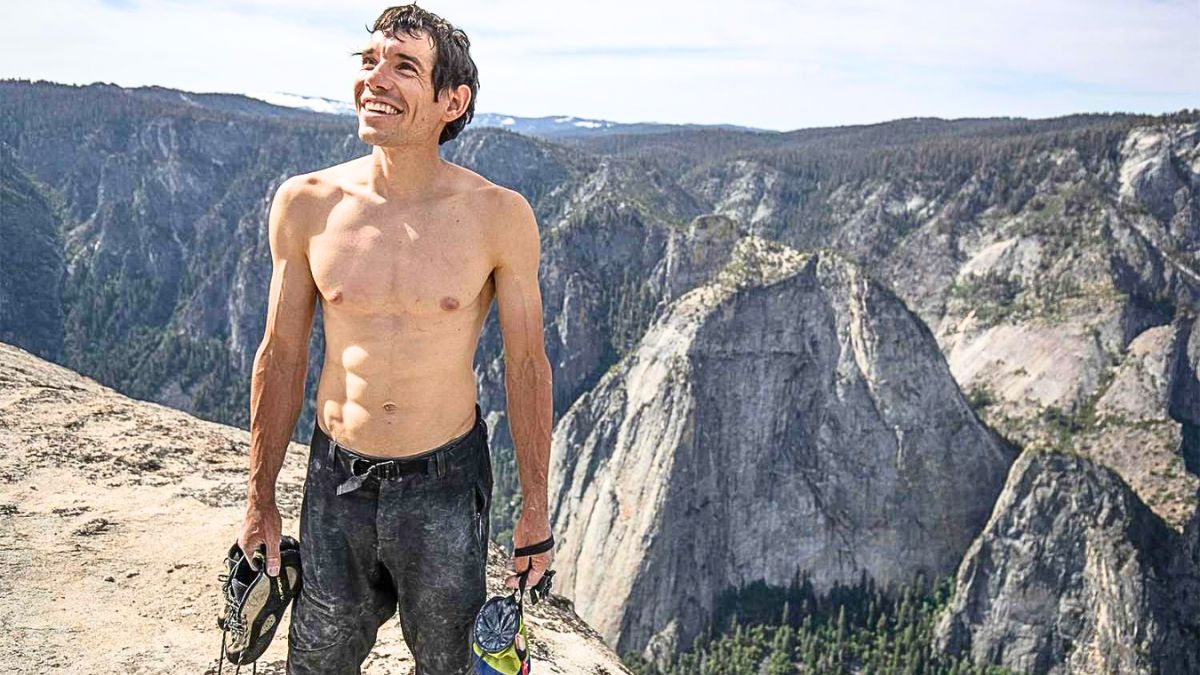
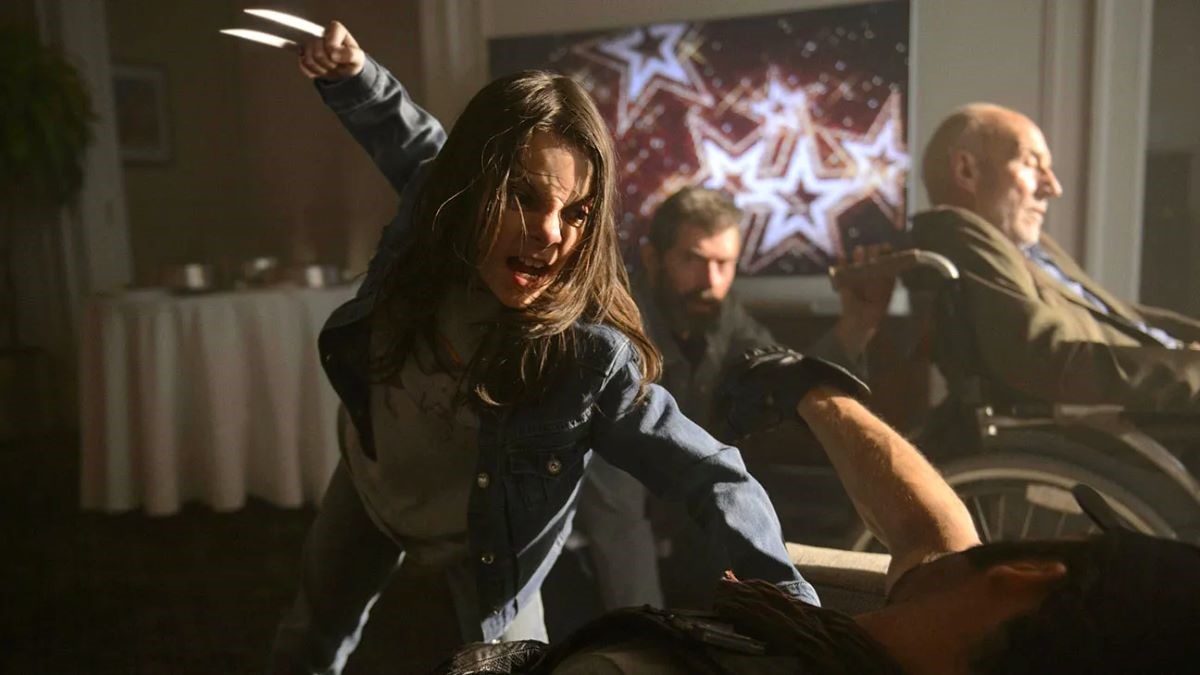
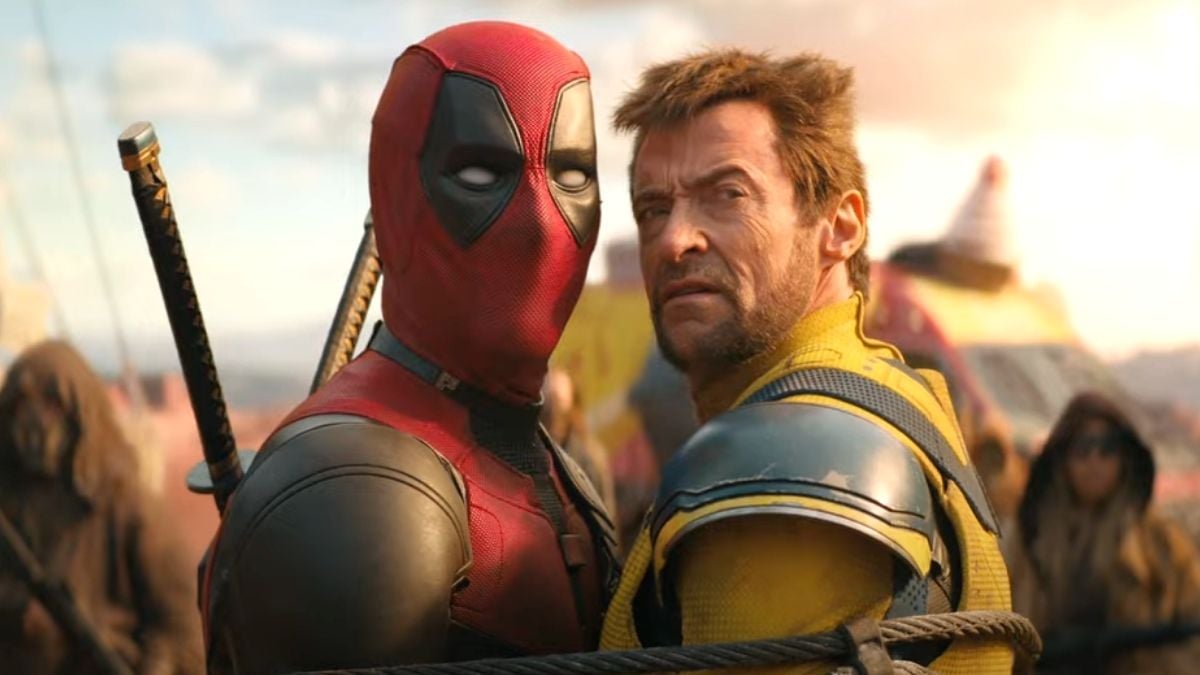
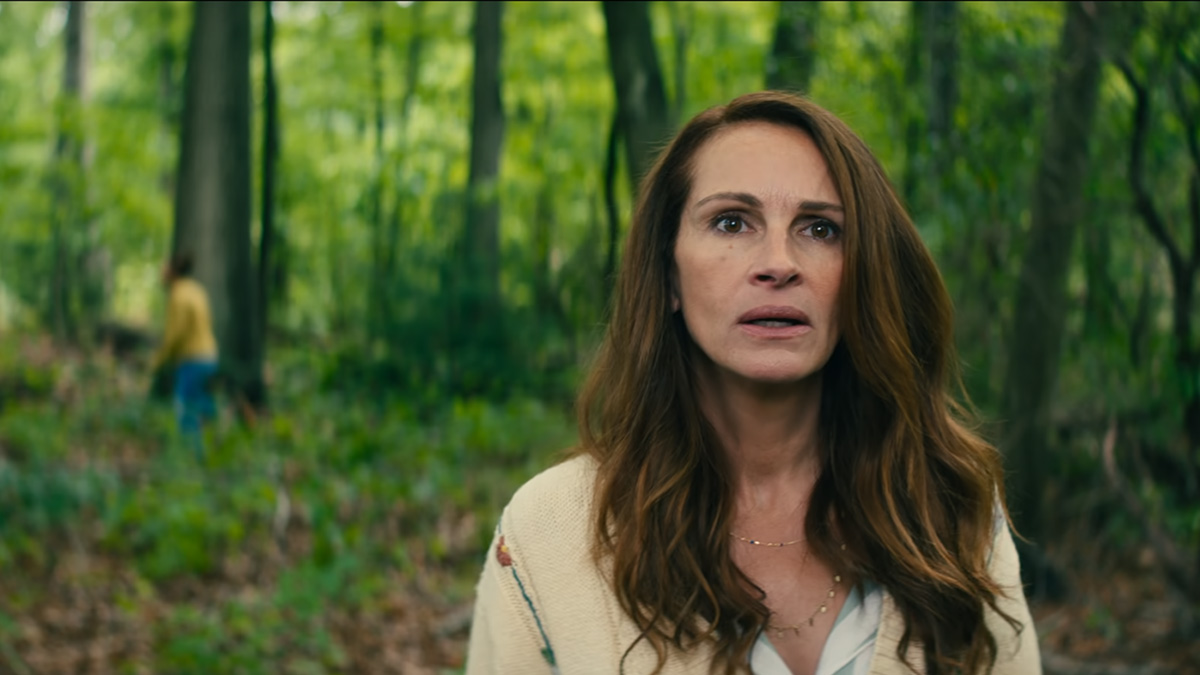
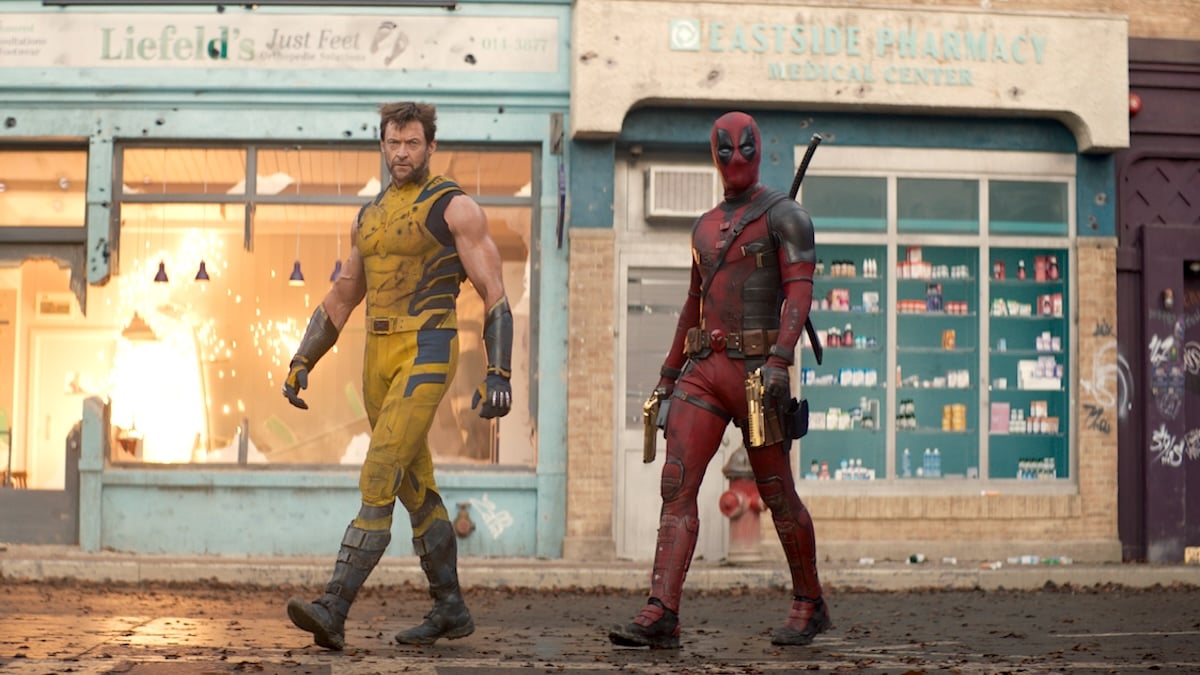
Published: Jul 15, 2014 10:56 am